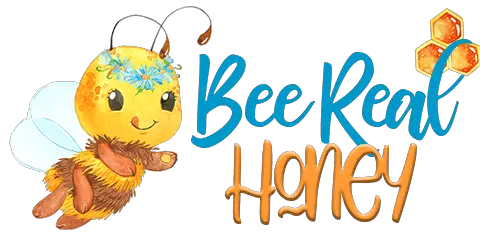*This post may have affiliate links, which means I may receive commissions if you choose to purchase through links I provide (at no extra cost to you). As an Amazon Associate I earn from qualifying purchases. Please read my disclaimer for additional details..
Not only are they the source of honey, but bees are also the most important pollinators. There is no way we can live without these tiny, fuzzy beings.
We need bees to pollinate both edibles and ornamentals in our landscapes.
Bees just do not randomly visit your backyard; they are constantly on the hunt for nectar or pollen in their territory.
However, not just any blossom attracts bees. Some flowers are particular favorites. So let’s have a look at the 15 flowers bees like the most.
Table of Contents
1. Black-Eyed Susan
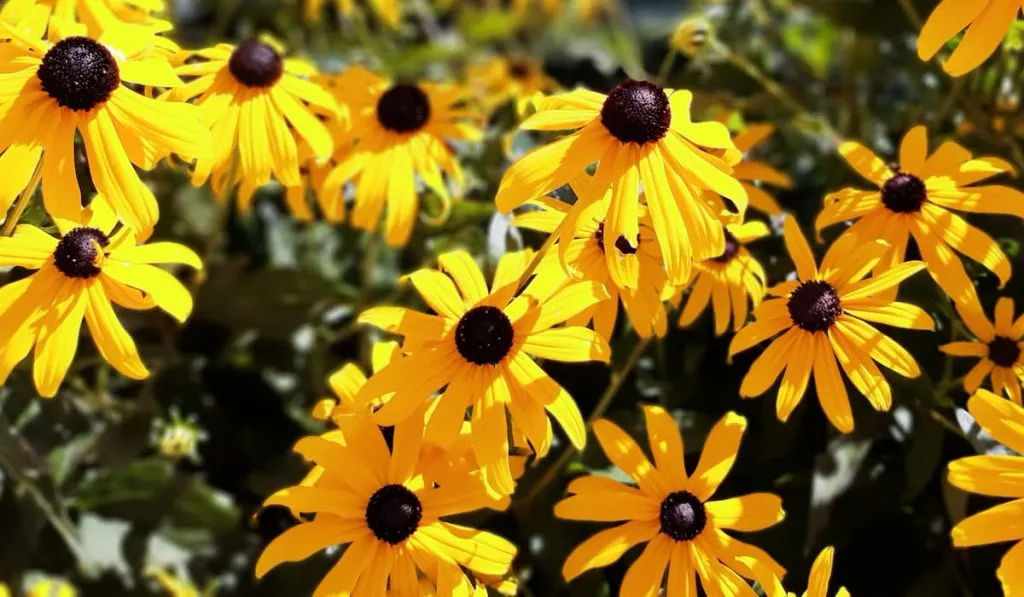
These bright yellow beauties bloom from July to September and are staples in more northern late summer gardens.
Being the relatives of the sunflower, the Black-Eyed Susan attracts many bees, insects, and hummingbirds to feed on its nectar.
These sun-loving flowers are extremely drought tolerant, which adds to their popularity.
Some varieties come with orange, red, rust, or petals as well.
2. Mint
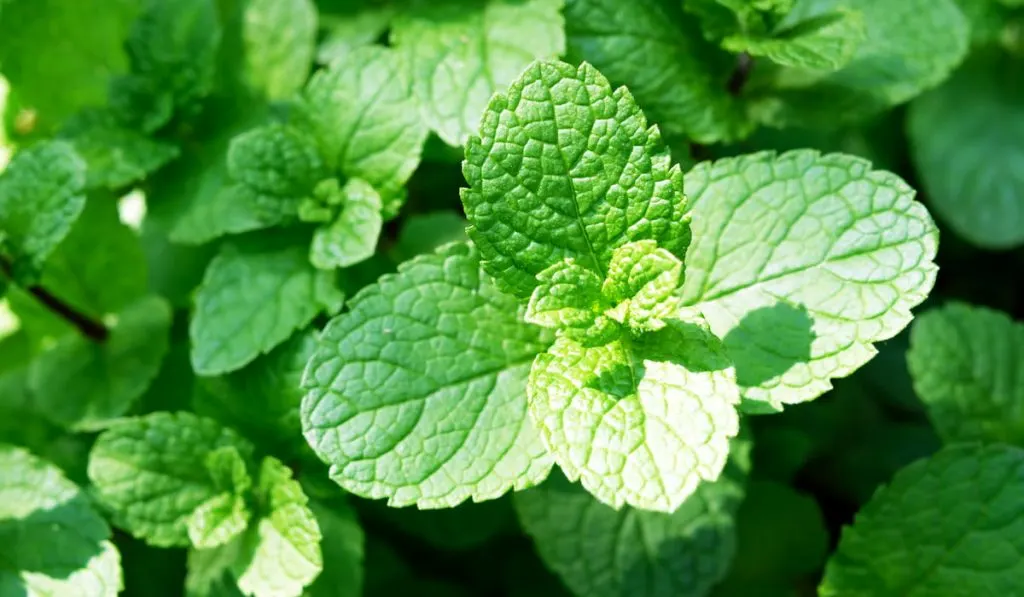
Who does not like some refreshing green mint in a glass of ice water on a hot summer day? The same is the case with the bees.
The delightful lavender-colored flowers of a mint plant attract many bees and other pollinators.
The many varieties of mint bloom between June and September. Mints are easy to grow and will not cost you much to buy, or in an effort to establish in your garden.
In fact, it is better to plant them in pots or a periphery area to prevent them from taking over your gardens.
3. Sunflower

These stately annuals, with large yellow heads, allow various bees to occupy the same flower simultaneously.
The bright yellow color of the sunflower plays a major role in attracting bees from far away.
The large flower sizes provide center discs full of nectar and pollen for bees to harvest.
Sunflowers adapt easily to most soils and are easy to grow. They bloom during the scorching summertime months of July and August and into September.
4. Lavender
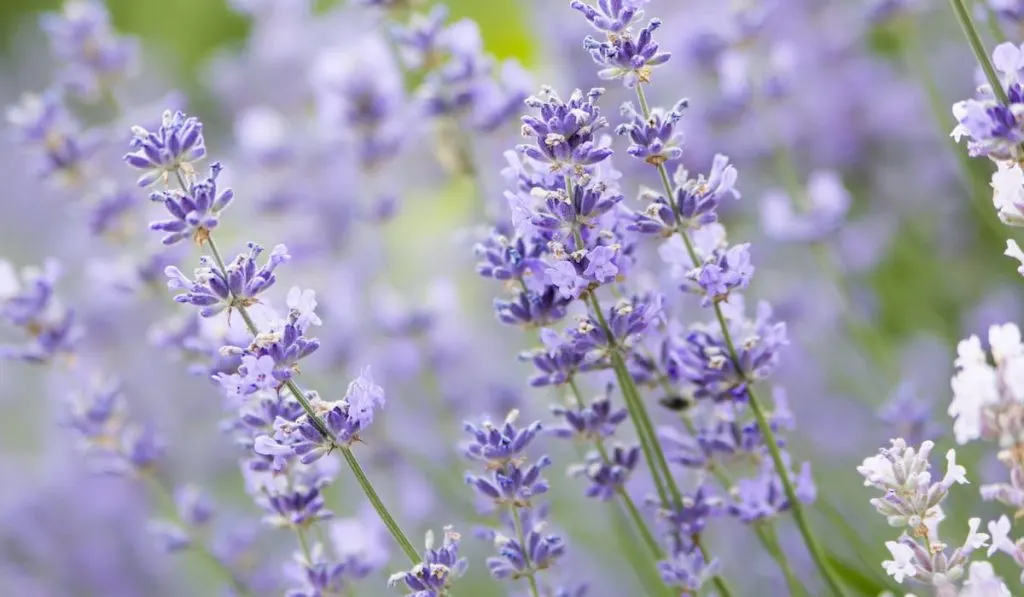
Lavender is the famous favorite of honeybees. The reason behind it is the deep flowers full of nectar.
Lavender’s beautiful, silvery-purple flowers are loved by bees, butterflies, and other pollinators.
The bonus of having lavender in your garden is its long bloom time. Their characteristic aroma attracts the bees from far away.
The only requirements to keeping lavender in your garden are well-drained soil and full sunlight.
5. Bee Balm
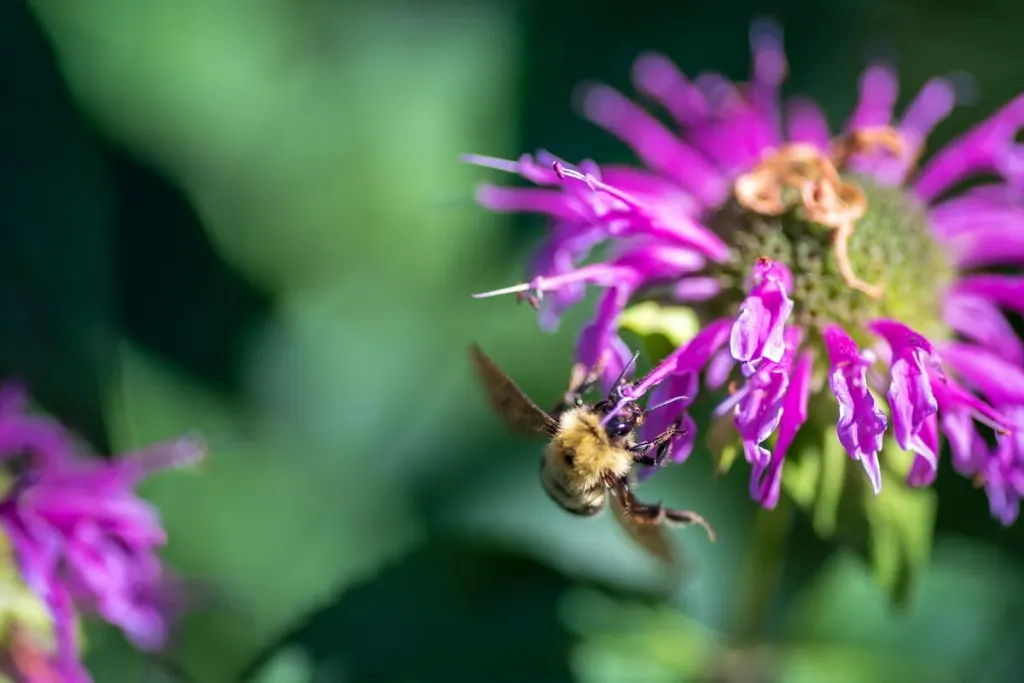
This bright and beautiful plant can grow up to 4’ tall and comes in many colors.
Its tubular flowers are a good source of nectar that attracts many bees, butterflies, and birds. It is not at all difficult to grow a bee balm as it very easily adapts to any soil and is drought resistant as well.
Being a member of the aforementioned mint family, bee balm has a tendency to grow anywhere and everywhere once established in an area.
6. Borage

This blue star-shaped flower is a treat for both you and the bees.
Its leaves and petals are edible and can be eaten raw or cooked. Some like its faint cucumber flavor.
Bees and butterflies are easily attracted to their color and aroma.
Borage flowers have wide, open petals that allow the bees to easily reach the nectar and pollen. This hardy annual will add beautiful blue color to your garden.
7. Goldenrod
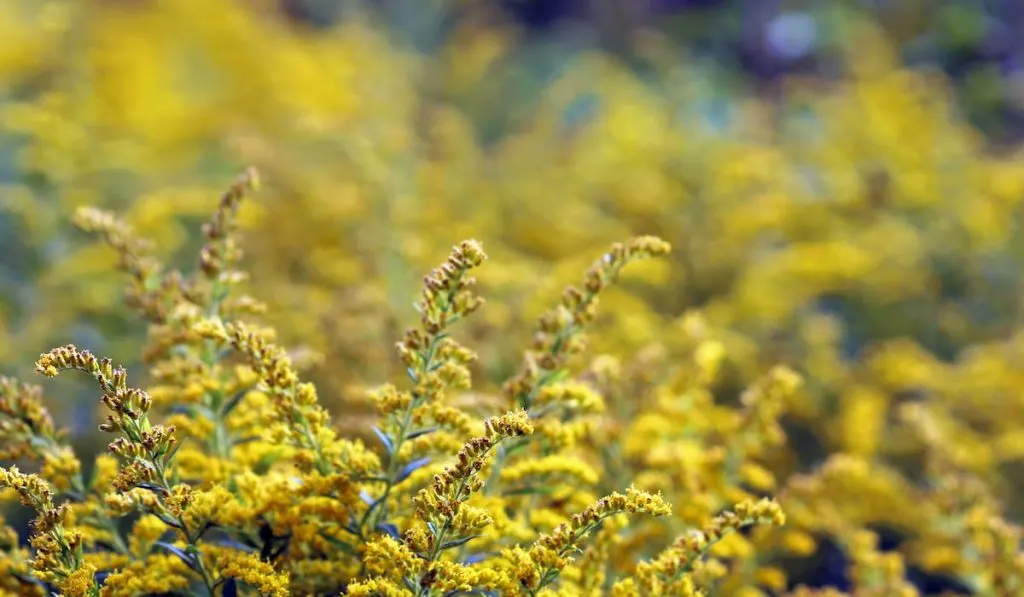
Commonly confused with allergy-inducing ragweed, goldenrod is actually a very beneficial plant.
Firstly, it attracts pollinators to distribute pollen. Secondly, it is believed to have several health benefits including pain and inflammation relieving properties.
This late-blooming flower fills the early fall color gap and provides the off-season forage for honeybees, butterflies, and wasps.
An added benefit goldenrod provides is keeping the pests away from the valuable plants of your garden.
8. Coneflower
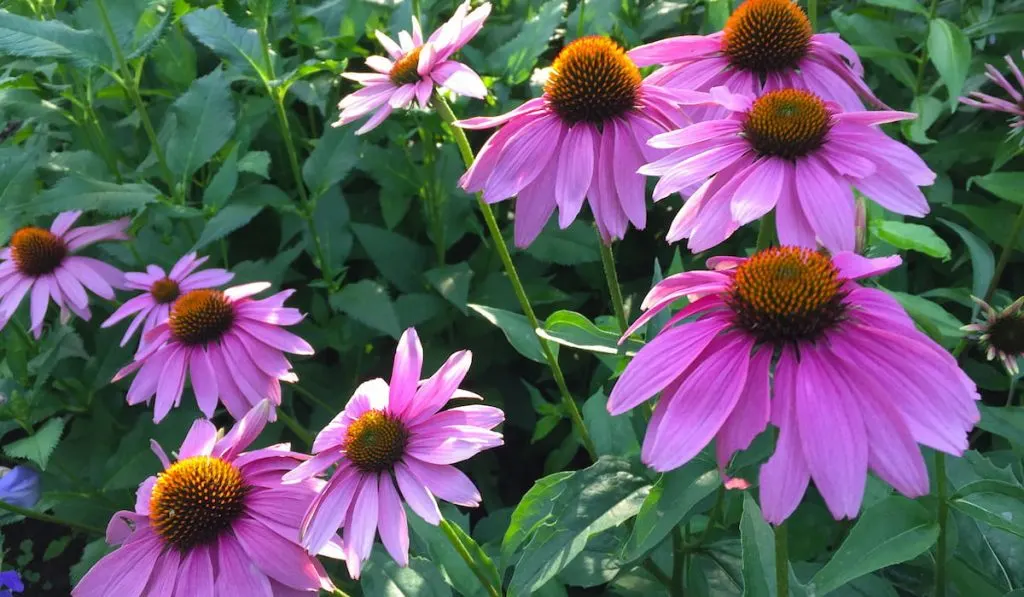
Also known as Echinacea, coneflowers come in different colors, but the purple ones have the most nectar value. Their orange centers are the target of almost every honeybee.
This wildflower is easy to grow and swiftly attracts bees and butterflies.
Their bloom time extends from June to October, providing plenty of time and forage for the bees. These drought-tolerant plants are a great addition to your perennial border or herb garden.
9. Aster
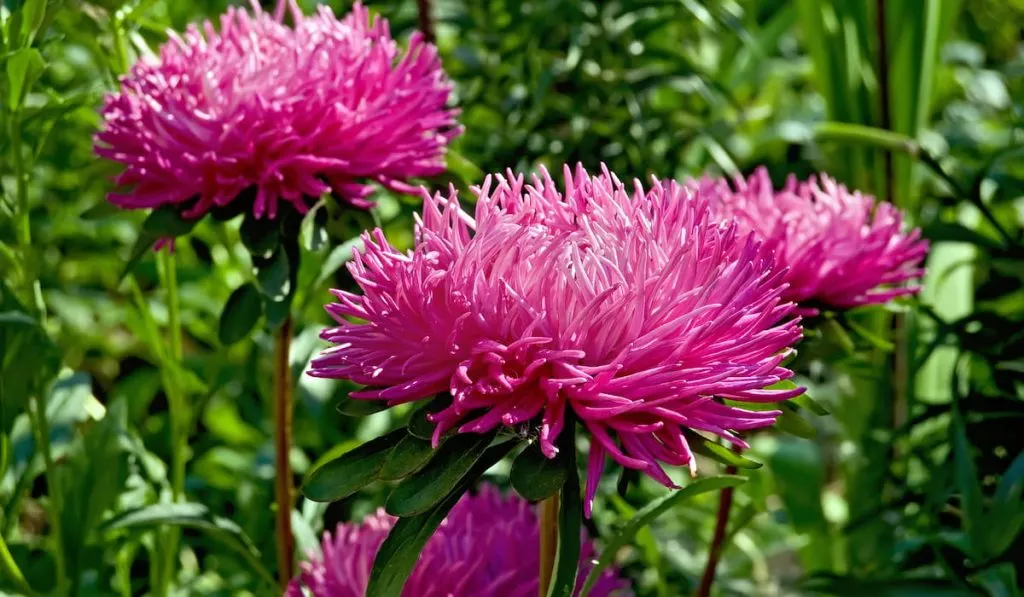
These daisy-like perennials come in colors including white, blue, purple, pink, and red. Because they flower late, in September-October, they are an important source of pre-hibernation forage for bumblebee queens.
This colorful addition to your garden will attract several bee species and numerous butterflies. Individual aster species vary in height from 1-8’ with numerous blooms on a single plant.
These flat, disc-like flowers are easy sites for bees to collect nectar and pollen.
10. Joe-Pye Weed
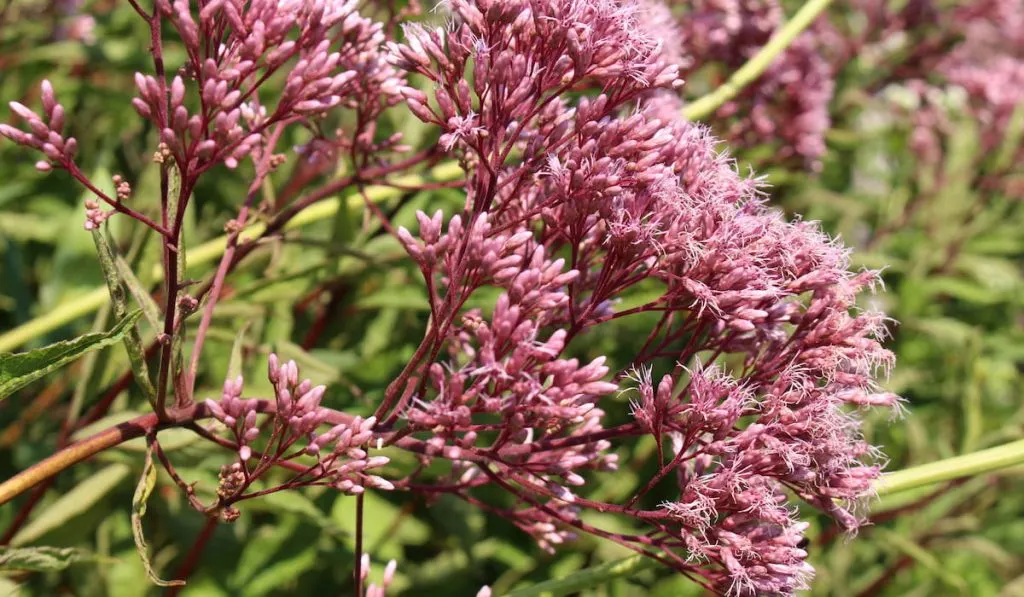
Also known as a butterfly plant, Joe-Pye weed is a plant that thrives in moist, naturalized areas. It has beautiful pinkish-purple flowers that are bee favorites.
The flowers of Joe-Pye weed grow in large clusters, providing plenty of sites for pollen and nectar collection.
Their only requirements are plenty of water and sunlight. They cannot handle periods of drought unless they are well established in their location.
Joe-Pye blooms from July to September.
11. Liatris
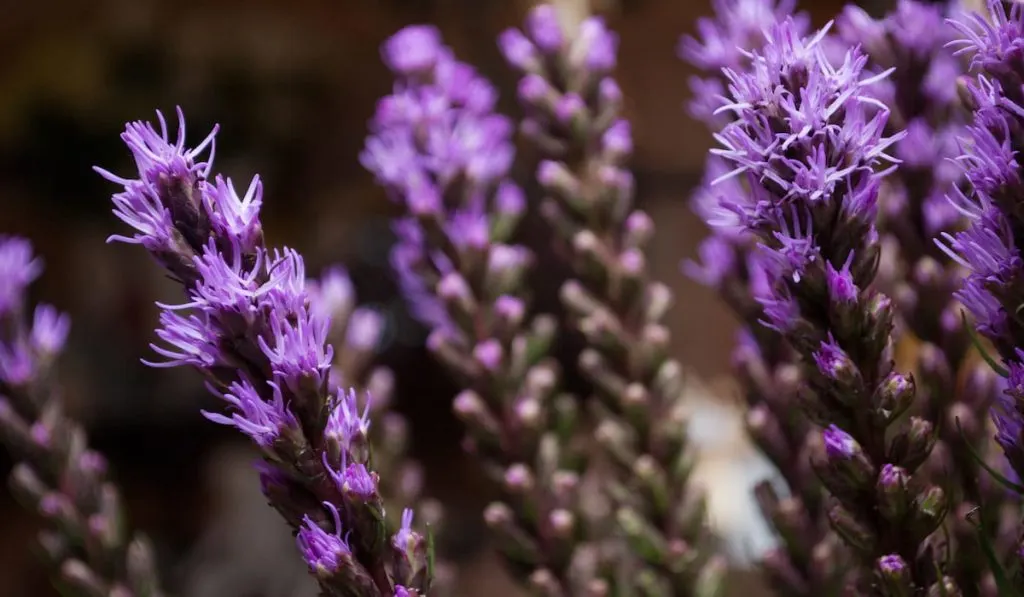
The unique bloom of Liatris gives it the common names of blazing-star or gay-feather. It consists of a tall spike with densely packed flowers.
Bees simply love these pinkish-purple or white flowers that bloom from the bottom to the top of the stalk over many days.
Liatris can grow up to 3-4’ tall and 1’ wide. Their blooming time ranges between July and September. The best grow in moist soil.
12. Pansy

Available in numerous colors, pansies alone add many colors to your garden. Their colorful flowers easily attract bees and butterflies, especially in the early spring when they emerge from winter stasis.
Pansies can grow either in pots or borders. But they need plenty of water to thrive.
Pansies prefer cooler temperatures, so it is better to plant them in early spring or fall.
13. Peony
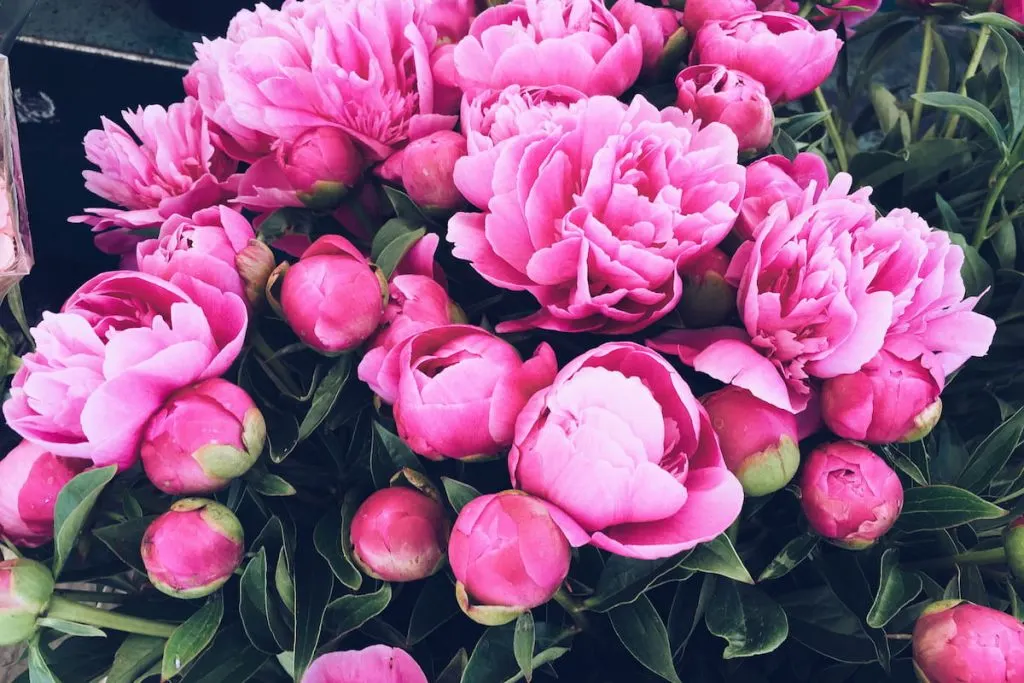
One of the most loved perennials, peony is the bees’ favorite too. They can bloom for many years if taken care of properly.
You must select a sunny and well-drained location to plant peonies. Once established, a peony will bloom for years, growing larger with each season.
Bees love these fluffy flowers full of nectar and pollen.
14. Phlox
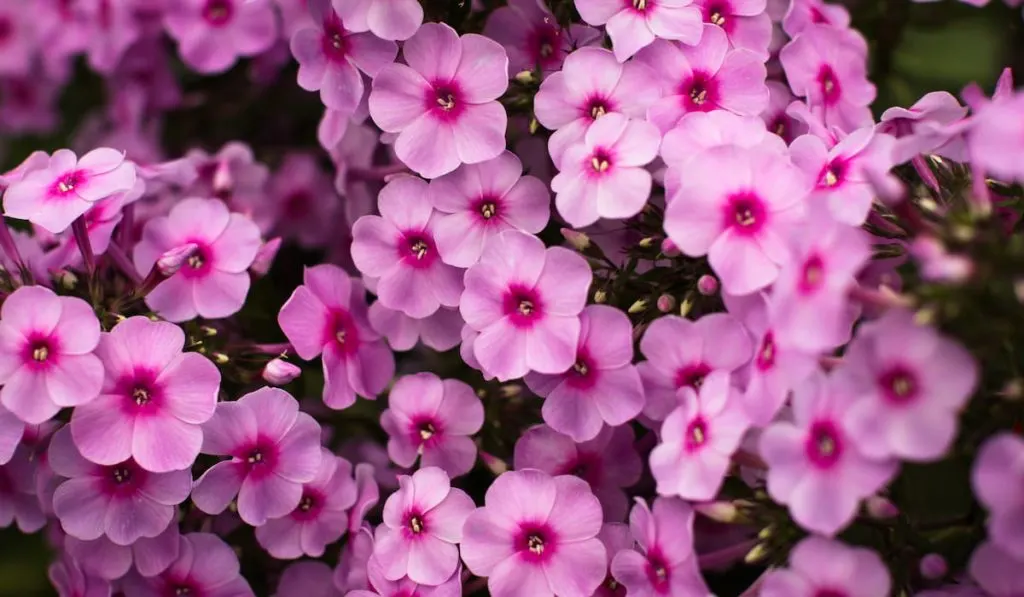
These delicate, disc-like flowers come in colors from white to purple, including pink and shades of blue.
Garden or tall phlox, is well-known for its bee-attracting abilities and sweet, delicate scent.
Several species of phlox exist to produce a long bloom time in your garden, beginning in April and carrying through to September.
15. Zinnia

As a heavy-blooming annual, zinnias are both a gardener’s and bee favorite.
They can be easily grown from seeds without any special care. Zinnias are sun lovers that will reseed from year to year.
Their long bloom time from May to October provides plenty of nectar and pollen to the bees in your neighborhood.
